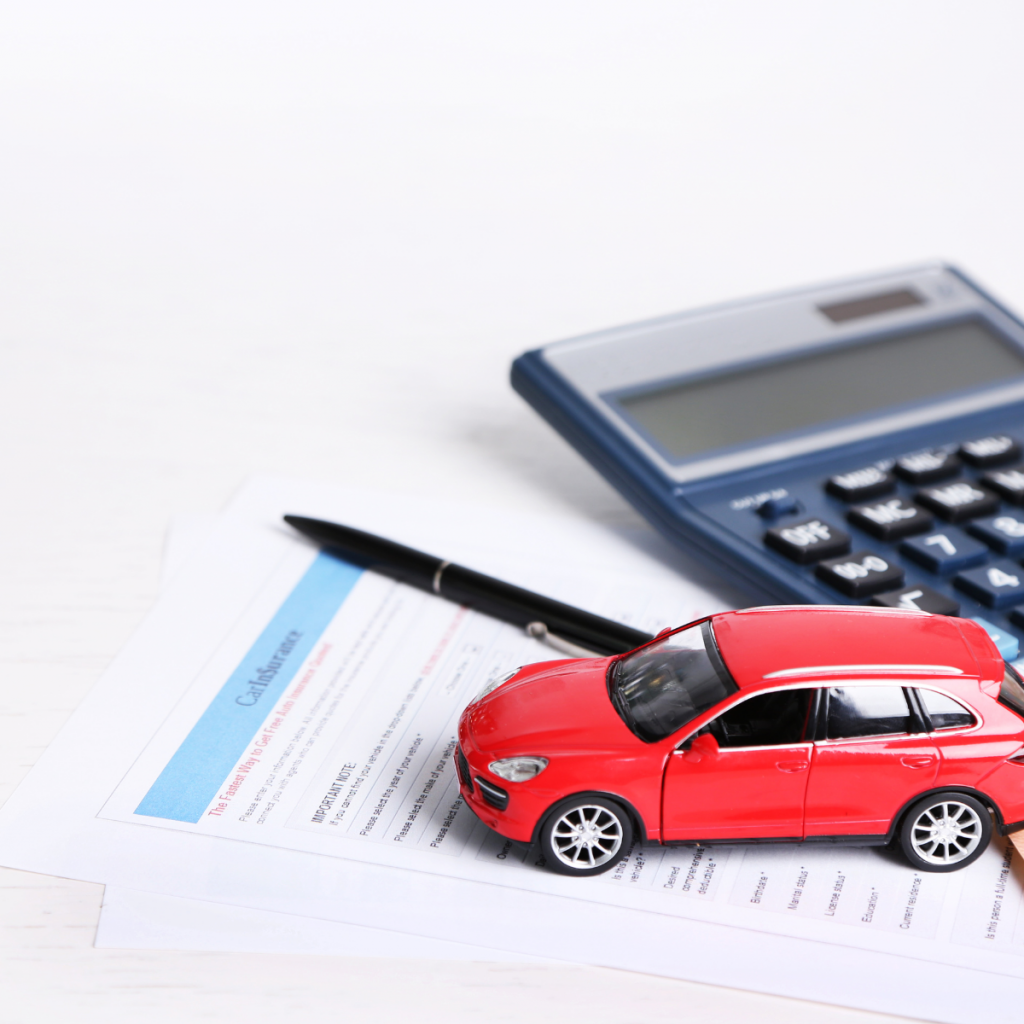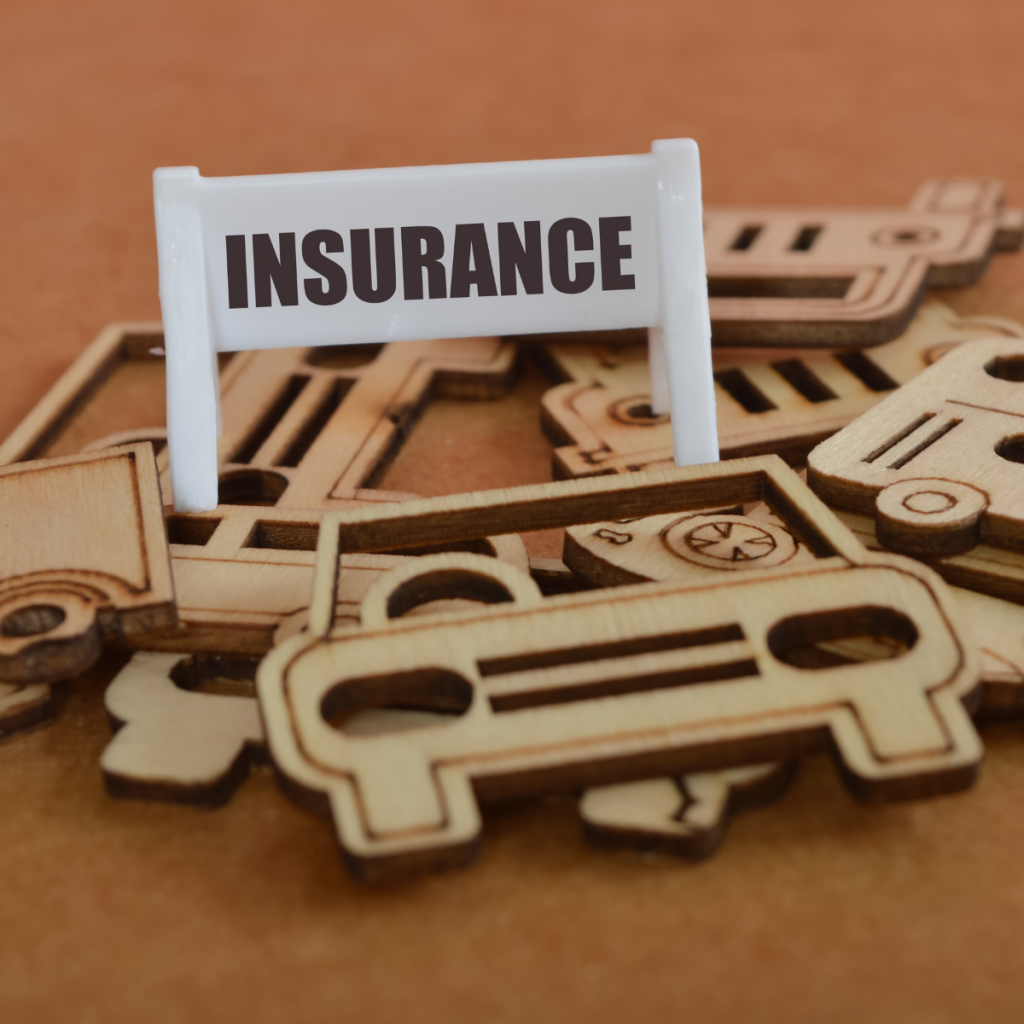Car accidents can happen to anyone, often when least expected. Whether it’s a minor fender-bender or a more serious collision, knowing what to do immediately after an accident is crucial for protecting yourself, your passengers, and your rights. Handling the aftermath correctly can make a significant difference when it comes to insurance claims, medical bills, and repairs. In this article, we’ll guide you step by step on how to respond after a car accident and file a claim effectively. Whether you’re dealing with property damage or injuries, having the right approach ensures that your interests are safeguarded and the process runs smoothly.
Step-by-Step Guide on What to Do After a Car Accident
The moments immediately following a car accident can be stressful and overwhelming. However, taking the right actions can make a big difference in ensuring your safety and protecting your rights.

1. Check for Injuries and Call for Help
The first thing you should do after a car accident is ensure that everyone is safe. Check yourself, your passengers, and others involved in the accident for injuries. If anyone is injured, immediately call 911 or emergency services. Even if the injuries seem minor, it’s important to get medical attention, as some injuries may not be immediately apparent.
If everyone is okay, you can proceed to assess the damage and other steps, but if there are injuries, do not move anyone until emergency personnel arrive.
2. Stay at the Scene and Ensure Safety
Regardless of the severity of the accident, it’s important to remain at the scene. Leaving the scene of an accident can result in legal consequences, even if the crash was minor. If you’re in a safe area, turn off the ignition of your vehicle and turn on your hazard lights. This will alert other drivers to the situation and help avoid further accidents.
If the accident occurred in a dangerous location, such as on the highway, and you are able to move your car without risking further injury, it’s recommended to move your car to a safer spot. Otherwise, stay inside your vehicle until help arrives.
3. Contact the Police
In most cases, you will need to contact the police, especially if there is significant damage, injuries, or a dispute about the cause of the accident. A police report can be critical in filing an insurance claim, as it provides an official account of the accident.
When the police arrive, provide them with accurate and clear information about the accident. Avoid admitting fault or discussing the incident in detail. Stick to the facts and allow the police officers to make their assessment.
4. Gather Information
Once the situation is under control and the police have been called, you should begin gathering relevant information from all parties involved in the accident. This will be important for filing your insurance claim and ensuring your side of the story is properly documented. Here’s the information you should collect:
- Names, addresses, and contact details of all parties involved in the accident.
- Driver’s license numbers and license plate numbers of all vehicles involved.
- Insurance policy details of all drivers involved in the accident.
- Make, model, and color of the vehicles involved.
- Witness contact information, if available.
- Photographs of the scene, vehicle damage, any visible injuries, and the surrounding area.
The more information you can gather, the better. Take photographs of the damage to both vehicles and any other relevant scene conditions. If the road conditions contributed to the accident (e.g., poor weather, debris), document those as well.
5. Notify Your Insurance Provider
Once you’ve gathered the necessary information, contact your insurance provider as soon as possible. Promptly notifying your insurer about the accident is crucial, as most policies require accidents to be reported within a certain time frame, typically 24 to 48 hours.
When speaking with your insurance provider, provide them with the details of the accident, including the police report number if applicable. Your insurer may ask you to submit photos, witness statements, and other documentation.
Be prepared for the insurance company to ask you questions about the accident. Stick to the facts and avoid speculating or making assumptions. Let your insurer know if any injuries or medical treatment occurred.
How to File a Claim After a Car Accident
Once you’ve reported the accident to your insurance provider, the next step is filing a claim. Your insurer will guide you through the claims process, but it’s important to know the steps involved.
1. File the Claim with Your Insurance Company
After notifying your insurer, you will need to officially file the claim. Depending on your insurance company, you may be able to file the claim online, over the phone, or in person. Most insurers have dedicated claims departments that specialize in handling accidents.
Ensure that you provide all the required documentation, including:
- The police report (if applicable).
- Photos of vehicle damage.
- Any medical records or bills related to the accident.
- Witness statements.
- Repair estimates for your vehicle.
The more thorough and organized your claim, the quicker the process will go.
2. Claim Investigation Process
Once the claim is submitted, the insurance company will initiate an investigation to determine the cause of the accident, liability, and damages. This process typically involves reviewing the police report, examining photos of the scene and damages, and speaking with witnesses.
Your insurance provider may send an adjuster to inspect your vehicle and assess the damage. If necessary, the adjuster will also evaluate medical bills and other expenses related to the accident.
3. Negotiation and Settlement
Once the investigation is complete, the insurance company will make an offer based on their findings. If they believe you are at fault, they may offer a settlement amount to cover the damages and medical expenses. If they believe the other party is at fault, they will work with that driver’s insurance company to process the claim.
It’s important to understand that insurance companies may not always offer the full amount needed to cover all costs. If you feel the settlement is too low, you can negotiate or even hire a lawyer to assist in securing a fair settlement.
4. Receiving Compensation
Once a settlement is agreed upon, the insurance company will issue a payment. This payment may cover:
- Vehicle repairs or the cost of replacing your car if it’s totaled.
- Medical bills for injuries sustained in the accident.
- Property damage to other vehicles or structures.
- Lost wages if the accident caused you to miss work.
In the case of medical claims, some insurance policies include coverage for pain and suffering, although this can vary by state and insurance provider.
Common Mistakes to Avoid After a Car Accident
While handling the aftermath of a car accident, it’s easy to make mistakes that can hurt your claim. Here are a few common mistakes to avoid:

- Not gathering enough evidence: Failing to take pictures or get witness statements can hurt your chances of receiving a fair settlement.
- Admitting fault: Even if you think you’re at fault, avoid admitting it at the scene. Fault should be determined by the insurance companies and the police report.
- Not reporting the accident promptly: Delaying the reporting of an accident can result in a denied claim. Always notify your insurance company as soon as possible.
- Settling too quickly: If your insurer offers a settlement, make sure it covers all your expenses before accepting it. Take your time to evaluate the offer.
Conclusion
Dealing with a car accident can be an overwhelming experience, but knowing what steps to take can help you navigate the process more effectively. From securing medical attention to documenting the scene and filing an insurance claim, taking the right actions can protect your rights and ensure that your claim is handled properly. By understanding the steps involved and avoiding common mistakes, you’ll be able to manage the aftermath of a car accident with confidence.

Leave a Reply